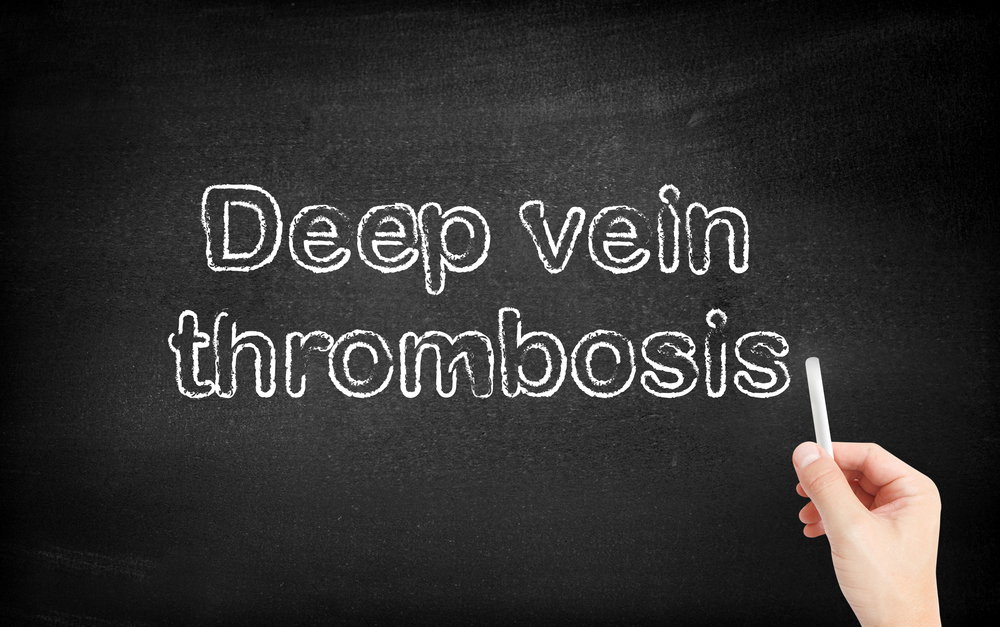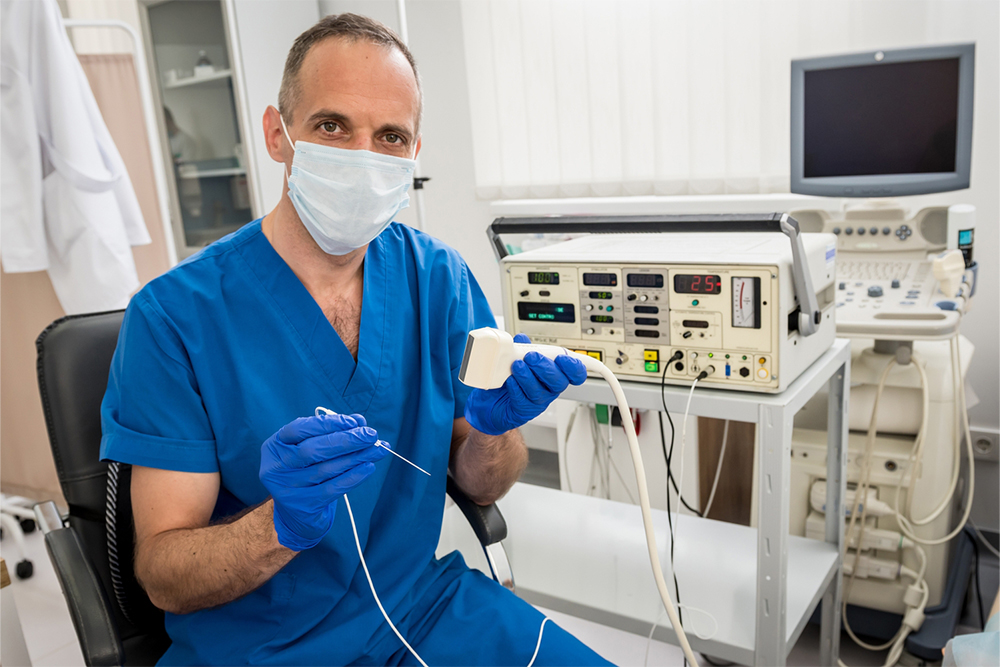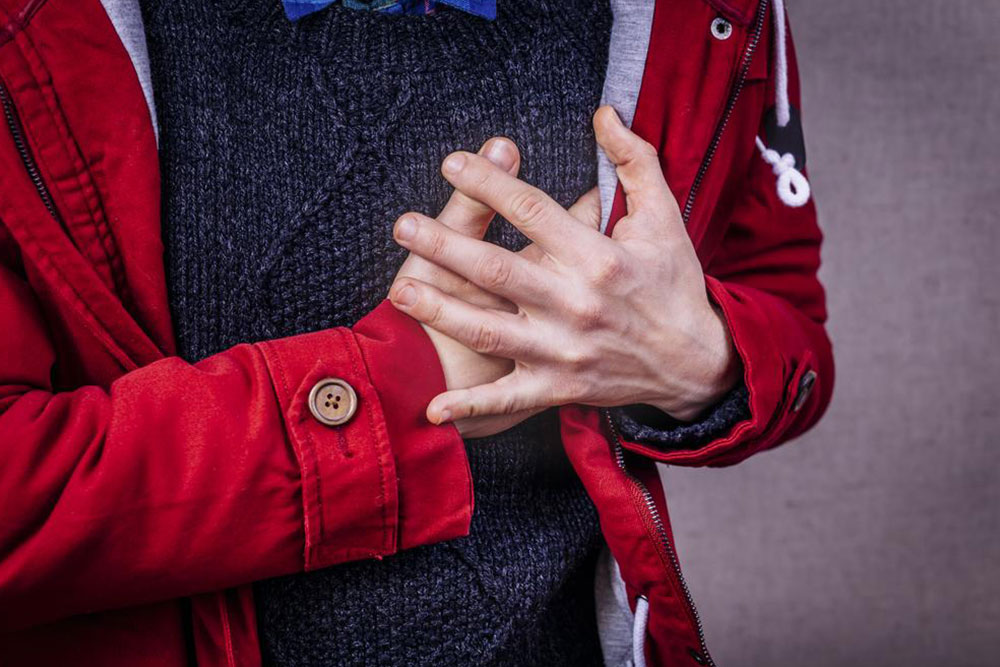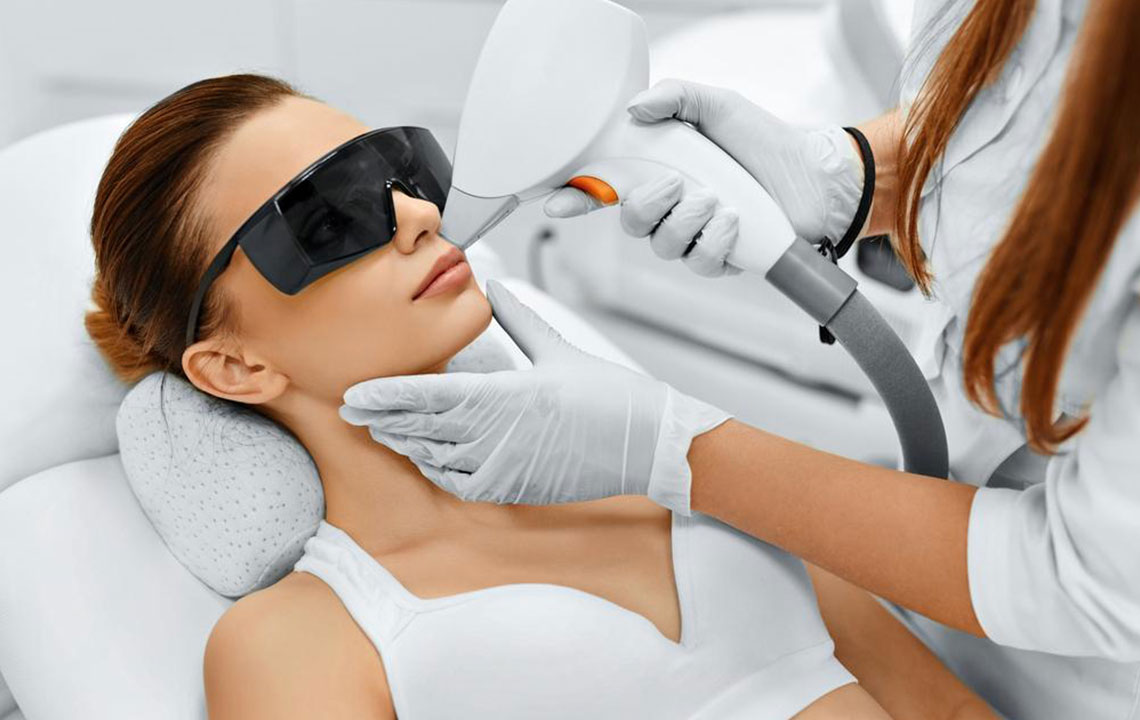Comprehensive Guide to Treating Spider Veins and Achieving Clear, Smooth Skin
This comprehensive guide explores effective treatments for spider veins, including minimally invasive techniques like sclerotherapy, laser therapy, and endovenous laser treatment. Learn about causes, diagnosis, prevention tips, and lifestyle changes to achieve smooth, clear skin. Suitable for those seeking cosmetic and health solutions for vascular concerns, this article offers insights into modern procedures to reduce visible veins and improve skin appearance for lasting confidence.
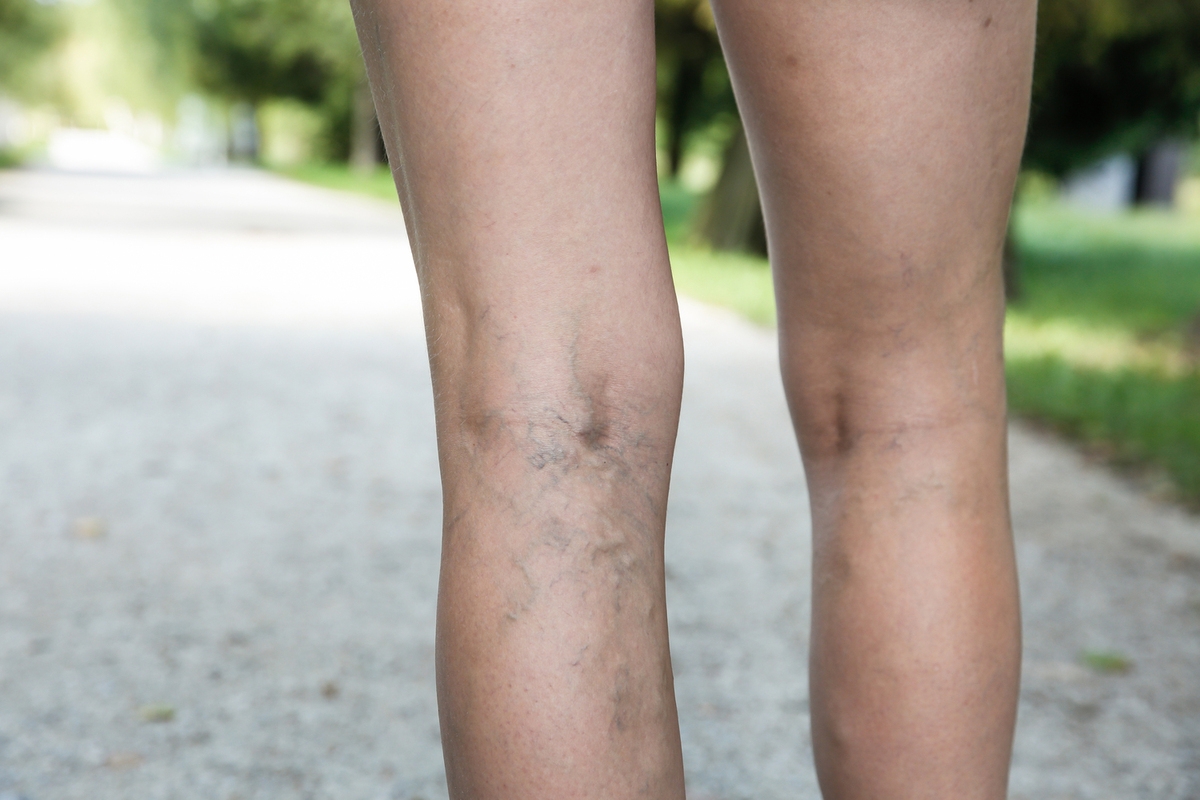
Comprehensive Strategies for Managing Spider Veins and Enhancing Skin Appearance
Spider veins, clinically termed telangiectasias, are small, visibly dilated blood vessels that appear near the surface of the skin. They are often characterized by a web-like pattern of fine red, blue, or purple lines, typically located on the legs, face, or other areas where blood vessels are close to the skin. While they are generally harmless from a health perspective, many individuals consider them a cosmetic concern and seek effective treatments to improve their skin's appearance. This detailed guide explores the causes, symptoms, diagnosis procedures, and the latest treatment options available to help you attain healthier, more attractive skin with fewer visible veins.
Understanding the Causes of Spider Veins
The development of spider veins is influenced by a variety of factors. Genetics plays a significant role; a family history of vein issues increases susceptibility. As we age, the structural integrity of blood vessel walls diminishes, and the functioning of valves within veins weakens, leading to blood pooling and vein dilation. Hormonal changes associated with pregnancy, menopause, or hormonal therapies can also promote the formation of these tiny vessels due to fluctuations in estrogen levels, which affect vascular health.
Prolonged periods of standing or sitting elevate pressure within leg veins, making stagnation and vein dilation more likely. Obesity exerts additional pressure on blood vessels, straining vascular walls and promoting spider vein formation. Ultraviolet (UV) rays from sun exposure can damage skin and blood vessels, especially on the face, contributing to the appearance of facial spider veins.
Recognizing Symptoms and Conducting Diagnosis
Spider veins present a distinctive appearance: fine, thread-like lines forming a web or branch-like network on the skin surface. Some individuals may experience accompanying symptoms such as aching, burning, throbbing, or swelling, particularly after long periods of standing or physical activity. Diagnosis usually involves a physical examination by a healthcare professional to assess the extent of visible veins.
To better understand blood flow and rule out underlying venous disorders like varicose veins, a Doppler ultrasound scan may be performed. This imaging technique provides detailed information about the movement of blood within affected vessels and helps determine the most suitable treatment approach.
Modern Treatment Options for Spider Veins
1. Sclerotherapy
Sclerotherapy stands as one of the most common and effective minimally invasive treatments for spider veins. The procedure involves injecting a specially formulated solution directly into the affected veins. This sclerosant causes the vessel to collapse and eventually be absorbed by the body, leading to a significant reduction or complete disappearance of the spider veins.
Typically, multiple sessions are required for optimal results, especially for larger clusters. The treatment is quick, often completed within 30-45 minutes, and involves minimal discomfort. Side effects are rare but may include temporary swelling, bruising, or mild skin discoloration at the injection site. Patients are usually advised to wear compression stockings following treatment to support vein closure and enhance results.
2. Laser Therapy
Laser-based treatments utilize focused beams of light to target and heat affected veins, causing them to collapse and fade away. This method is particularly effective for facial spider veins and small superficial leg veins. During the procedure, a dermatologist directs the laser at the targeted vessels, which absorb the light and are destroyed without affecting surrounding tissue.
Multiple sessions might be necessary depending on the severity of veins and their location. Minor side effects such as skin redness, temporary pigmentation changes, or mild burns can occur but are typically short-lived. Laser therapy offers a non-invasive alternative suitable for sensitive facial areas.
3. Endovenous Laser Treatment (EVLT)
EVLT is a more invasive but highly effective technique suited for larger or more prominent veins. It involves inserting a thin laser fiber into the affected vein via a small puncture in the skin. When activated, the laser's heat causes the vein to seal shut, redirecting blood flow to healthier vessels.
This procedure offers rapid recovery, minimal scarring, and a high success rate. Some patients may experience bruising, swelling, or subtle discomfort, all of which resolve quickly. EVLT is often recommended for deeper or larger veins that contribute to visible venous issues.
4. Radiofrequency Ablation (RFA)
RFA uses radiofrequency energy to generate heat and close off problematic veins. Similar to EVLT, it involves inserting a catheter into the affected vessel, which then delivers controlled radio waves to seal the vein. This technology provides precise treatment and excellent results with a relatively quick procedure and recovery time.
Potential side effects are minimal but can include bruising, numbness, or skin discoloration. RFA is favored for its high efficiency in treating larger veins contributing to spider vein formation and varicose veins.
5. Compression Stockings and Lifestyle Changes
Non-invasive options play a significant role in both treatment and prevention of spider veins. Compression stockings exert graduated pressure on legs, improving venous return and preventing blood pooling, which can help reduce symptoms and hinder new vein formation. These stockings are especially recommended for individuals who spend long hours standing or sitting.
Furthermore, lifestyle modifications can substantially decrease the risk of developing spider veins. Regular physical activity promotes healthy blood circulation, while maintaining a healthy weight alleviates undue pressure on blood vessels. Elevating legs when resting and avoiding prolonged periods of standing or sitting are advisable. Additionally, protecting the skin from UV exposure, especially on the face, can prevent further vascular damage.
Prevention and Long-term Management
While not all spider veins can be prevented, adopting lifestyle habits that promote vascular health can mitigate their development. Regular exercise, such as walking or swimming, boosts circulation and strengthens blood vessel walls. Maintaining a balanced diet rich in antioxidants supports vessel integrity. Avoiding tight clothing that constricts blood flow and refraining from prolonged exposure to the sun also contribute to vascular health.
For individuals with a family history or those who notice initial signs, early intervention may prevent progression. Consulting a vascular specialist or dermatologist for personalized advice and treatment options ensures optimal outcomes.
Overall, advances in medical technology provide numerous effective treatments for spider veins, enabling individuals to achieve clearer, healthier skin. Consulting qualified specialists ensures tailored treatment plans that consider individual condition severity, skin type, and personal preferences. When combined with proactive lifestyle measures, these treatments can dramatically improve both appearance and comfort, leading to greater confidence and quality of life.
